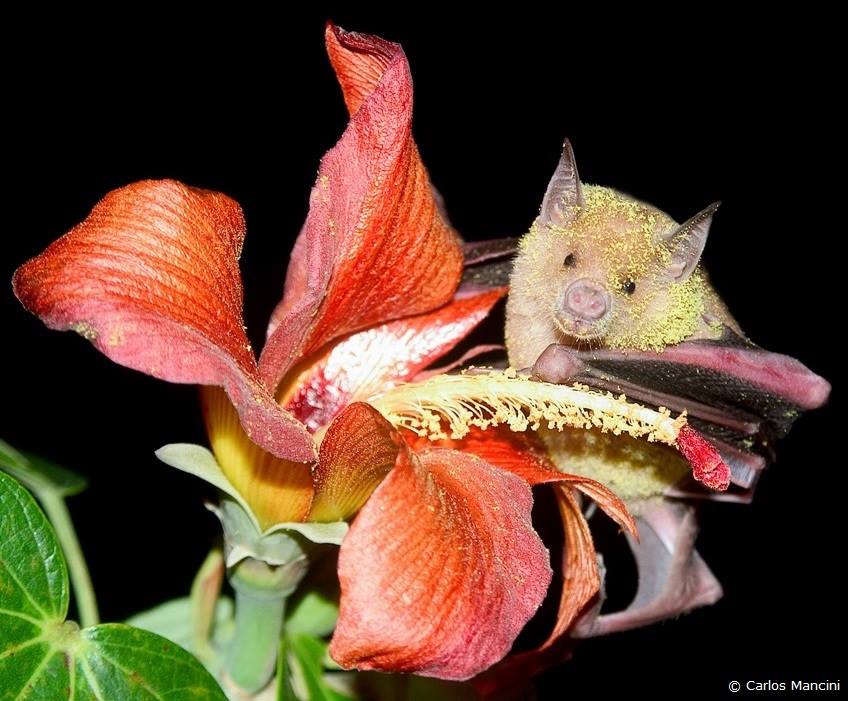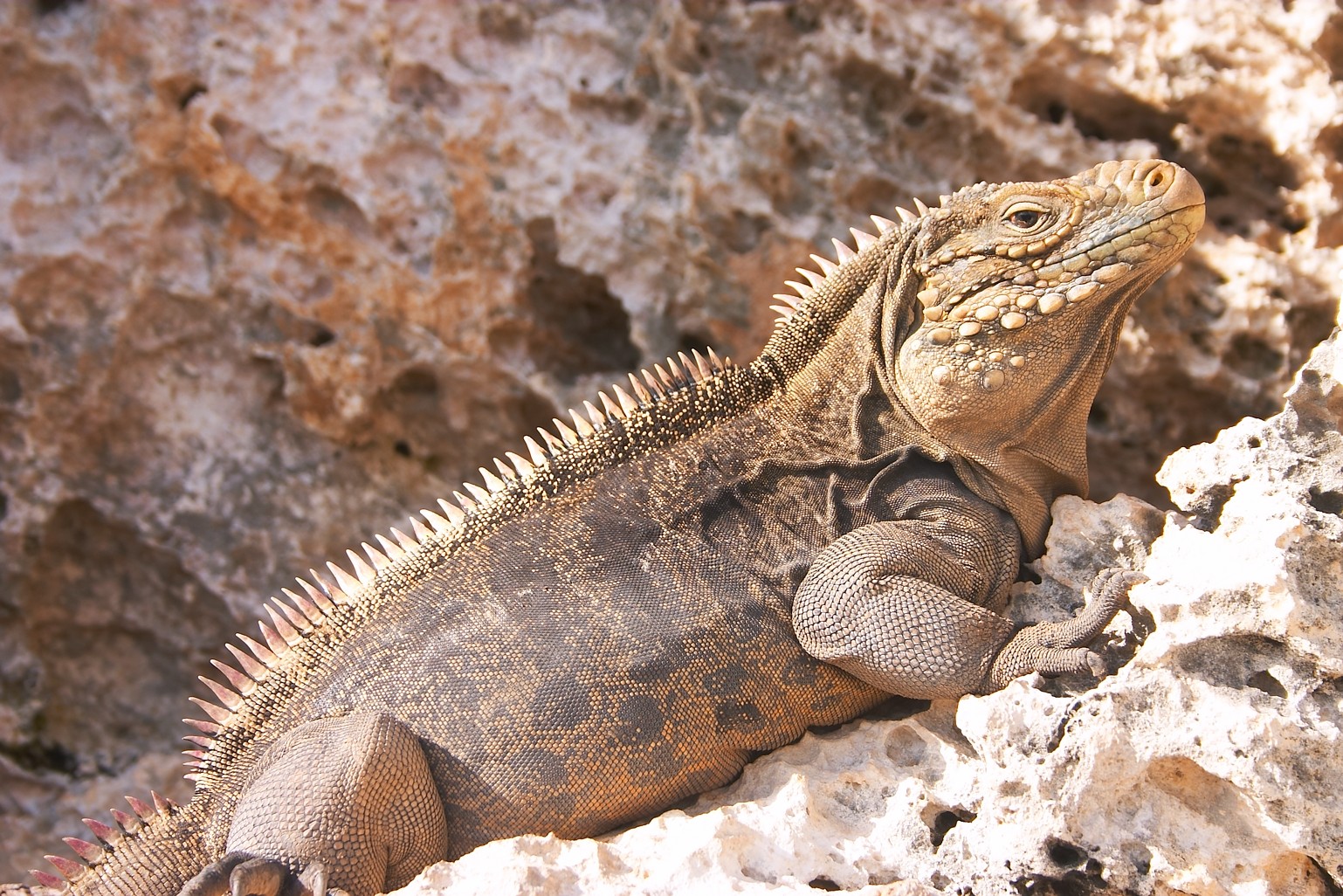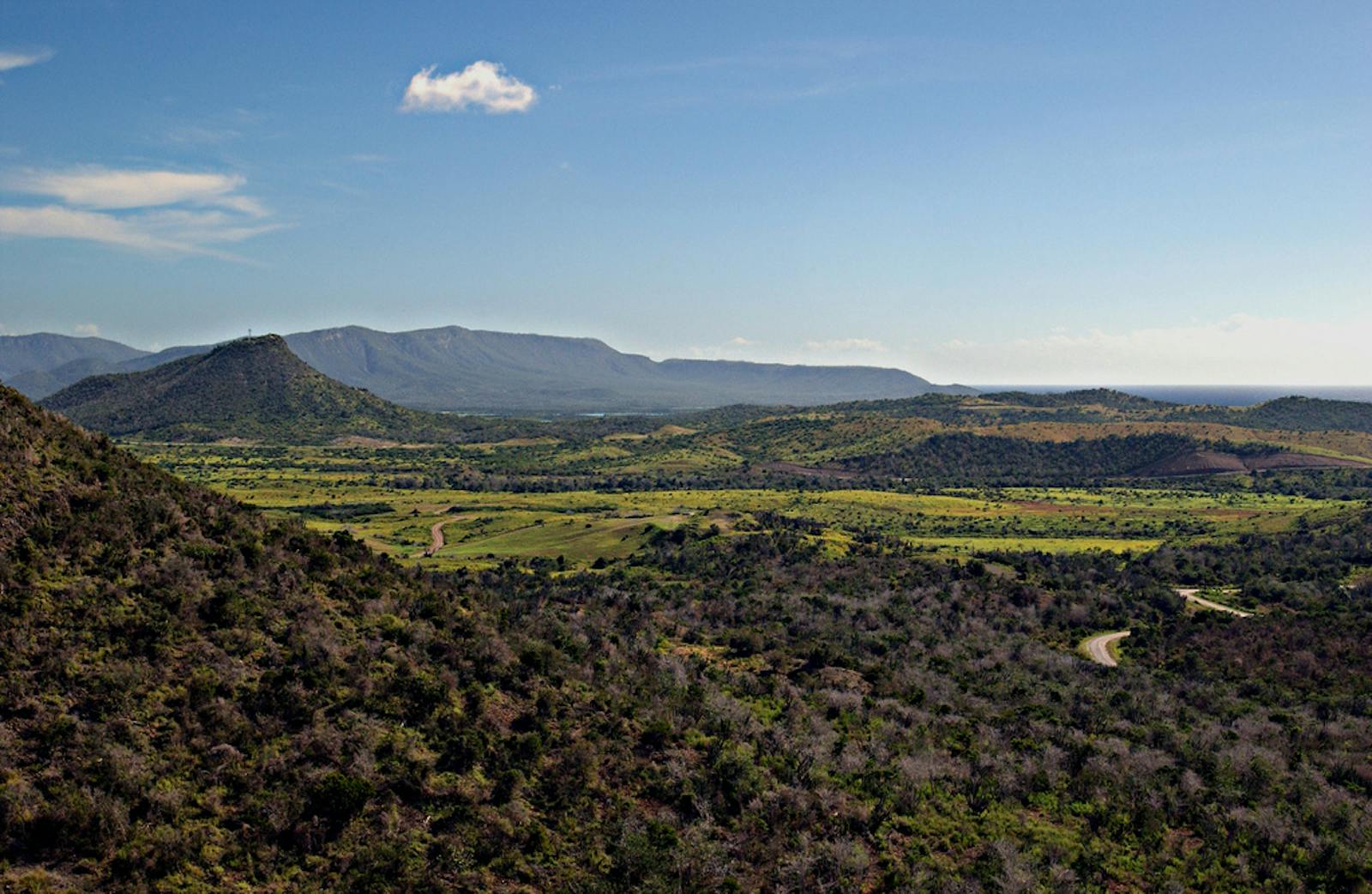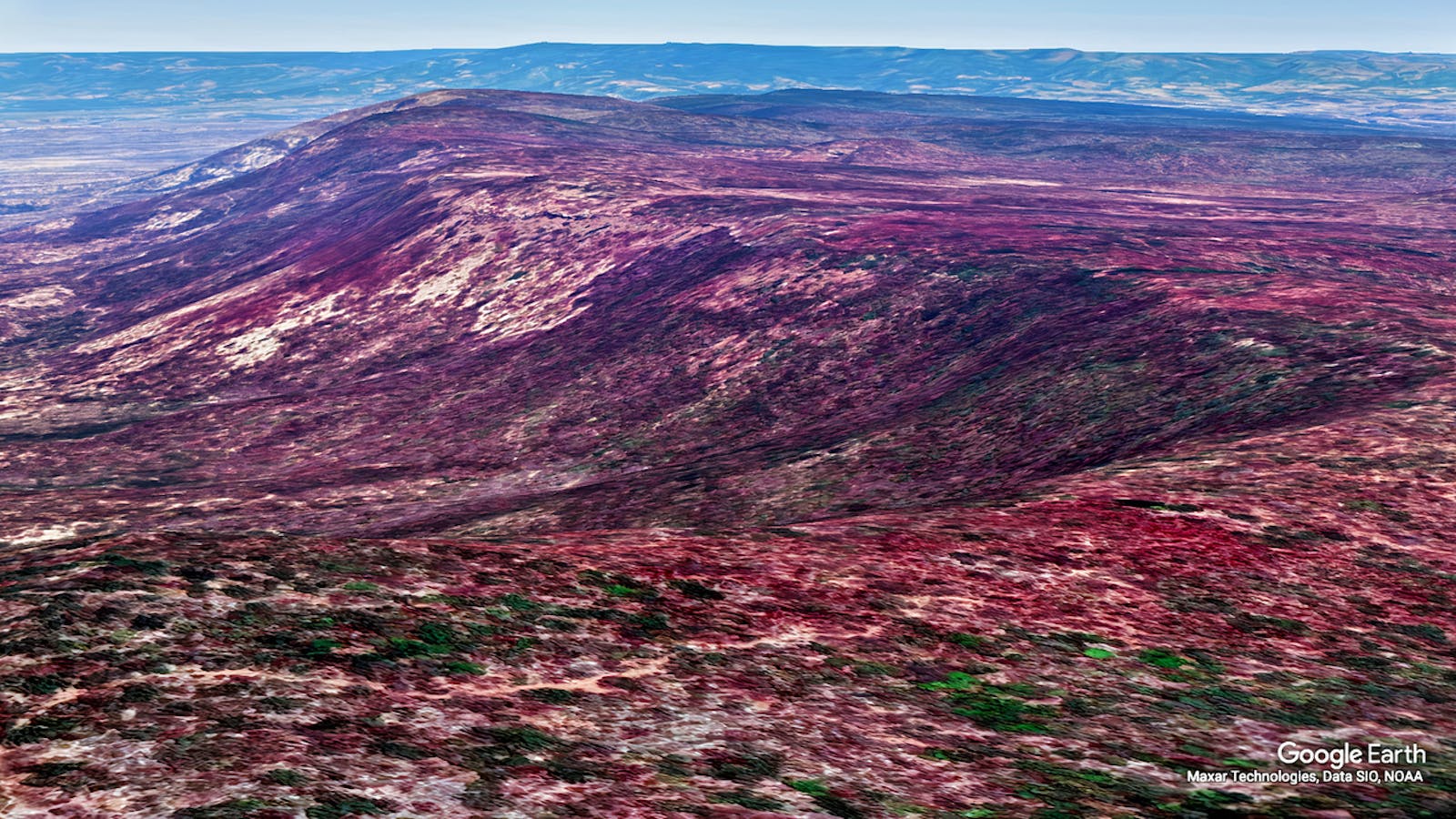Cuban Cactus Scrub
The ecoregion’s land area is provided in units of 1,000 hectares. The protection goal is the Global Safety Net (GSN1) area for the given ecoregion. The protection level indicates the percentage of the GSN goal that is currently protected on a scale of 0-10.
Bioregion: Caribbean Islands (NT26)
Realm: Central America
Ecoregion Size (1000 ha):
327
Ecoregion ID:
600
Conservation Target:
29%
Protection Level:
7
States: Cuba
Feeding largely on the sugar-rich pollen from native plant species, the Cuban flower bat helps promote the high degree of native endemism and biodiversity found in the Cuban Cactus Scrub as a pollinator. As many of the native plants are replaced by invasive and domestic species there are fewer and fewer plants available to pollinate and thus less resources available to the flower bat and many other species. Although it is still relatively common, with less food and less available due to residential and commercial development, the Cuban flower bat is on the decline.

The flagship species of the Cuban Cactus Scrub ecoregion is the Cuban flower bat. Image credit: Carlos Mancini
The Cuban Cactus Scrub ecoregion has a semidesert climate, with average annual precipitation of 800 mm or less, a dry period of 9–11 months, and average temperatures of 26˚C. This ecoregion is dispersed in strips or small patches along Cuba’s shore, particularly in the southeastern part of the island. Cuba also has other xeric scrublands with a high level of endemism, but these are not coastal and are primarily associated with soil types that are different from those found in the Cuban cactus scrubland.
Due to its fragmented distribution, many of the Cuban cactus scrublands’ plants are found exclusively in the ecoregion and are well-adapted to surviving in dry conditions. Vegetation is generally dominated by columnar cacti and other succulents. The xerophytic coastal and subcoastal scrubland are most abundant in this region, comprising of a thorny scrubland with palms, succulents, and other plants adapted to low water availability.
Common plant species include cafecillo, mostacilla, guairaje, Bursera glauca, B. cubana, Croton spp. This ecoregion also consists of coastal thorny semidesert and coastal scrubland abundant in plants with leaves resistant to water loss. Common plants include vomitel colorado, manzanillo, and lirio de costa. Rocky coastal scrublands are also found in this ecoregion, and have open vegetation with small stunted shrubs, succulents, and herbaceous plants that cover karstic soil, which is formed when acidic water breaks down rocks on the landscape. Commons plants here include romero de playa, incienso de playa, and verdolaga de playa.

Cuban gnatcatcher. Image credit: Dominic Sherony, Creative Commons
The scrublands on the southern coast of the central region and on the southern coast of Oriente are two of the three most important centers of plant diversity and endemism on the island. These scrublands include several species of cactus and agave, some of which are at risk of extinction.
This ecoregion also has high levels of animal diversity and endemism. In the section between Maisí and Guantánamo, there are 29 reptile species, four of which are strictly endemic to the area, including the Cuban rock iguana, and 15 of which are endemic to the island. This area also contains many insects whose closest relatives are found in the southwestern deserts of North America. Various species of geckos and anoles unique to the ecoregion are endangered to varying degrees, as are many land snails. Several species of scorpions and other arachnids too have significant degrees of endemism.
This ecoregion has faced low levels of fragmentation and has lost less than half of its original vegetation. The degree of fragmentation in the region is also relatively high, resulting in lower than expected levels of protection despite its high endemism and biodiversity. This ecoregion is also lacking in both biogeographic and taxonomic data, and the gaps in taxonomic plant data have been described as enough to hamper conservation efforts.

Cuban ground iguana. Image credit: Creative Commons
The principal threats to this ecoregion are grazing, felling of trees, habitat conversion, and the exploitation of resources associated with increased urbanization. Some species in western Cuba also face threats from sisal crop replacement.
The priority conservation actions for the next decade will be to: 1) promote sustainable alternatives to existing development and infrastructure to reduce further fragmentation; 2) support more detailed taxonomic and biogeographic studies especially focused on endemism; and 3) limit the loss of remaining habitat through local community based conservation efforts.
Citations
1. D’mbrosio, U. 2018. Southeastern Cuba. https://www.worldwildlife.org/ecoregions/nt1306. Accessed June 13, 2018.
2. Áreas de Interés para la Biota terrestre y dulceacuícola 1997. Available at http://www.latinsynergy.org/ areasinteres .htm.
3. Oldfield, S. (Comp). 1997. Cactus and Succulent Plants. Status survey and Conservation Action Plan. IUCN, Cambridge, U.K.
4. Dinerstein, E., D. M. Olson, D. L. Graham, A. L. Webster, S. A. Primm, M. P. Bookbinder, and G. Ledec. 1995. A conservation assessment of the terrestrial ecoregions of Latin America and the Caribbean. DC.: WWF and The World Bank.
5. Dávalos, L. & Mancina, C. 2008. Phyllonycteris poeyi. The IUCN Red List of Threatened Species 2008: e.T17175A6801330. http://dx.doi.org/10.2305/IUCN.UK.2008.RLTS.T17175A6801330.en. Downloaded on 30 August 2018.




